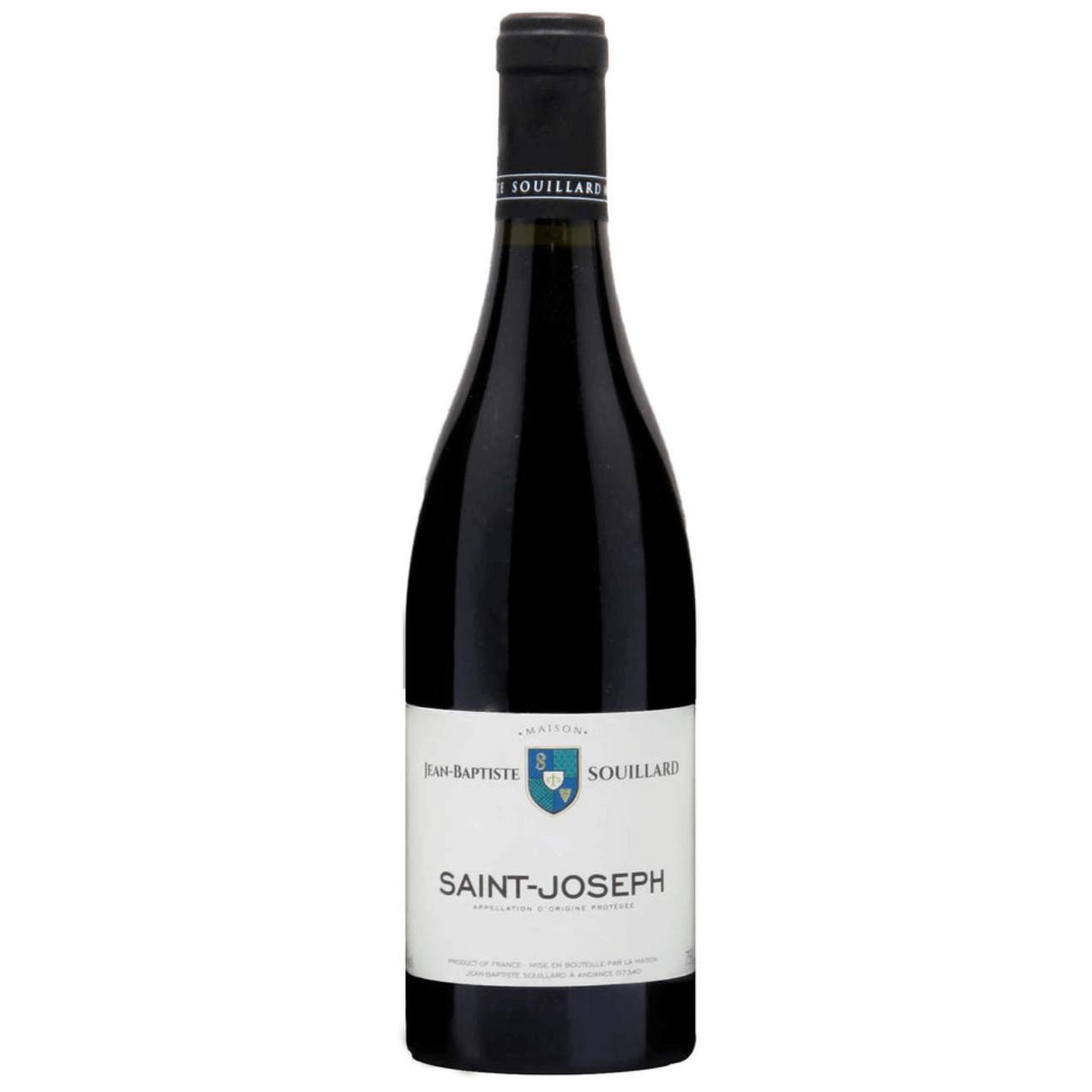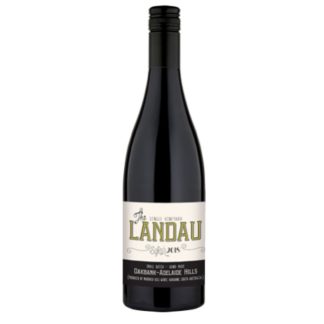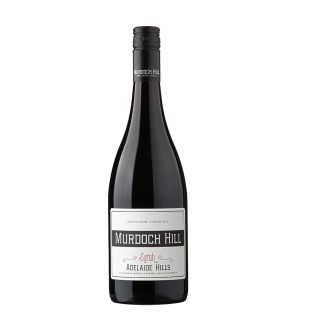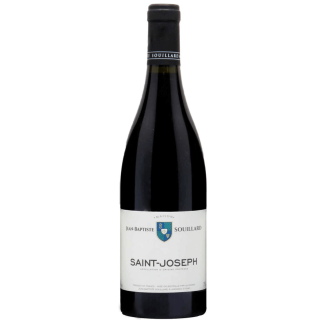Description
About Jean-Baptiste Souillard Winery, Rhone, France
Jean-Baptiste Souillard’s winery is located in the hills above Andance, a quiet town on the right bank of the Rhône at a halfway point between Ampuis and Tain-l’Hermitage. About Andance, Wikipedia is laconic: it has the oldest suspension bridge (1827) still in use on the Rhône; its population (1,126) is aging; it was mentioned (alongside 100 other towns) in a poem by Louis Aragon about a young man leaving his village to join the resistance.
Home base is a modest farmhouse that was purchased by Jean-Baptiste’s great grandfather in 1900. Jean-Baptiste is little by little adapting his family’s farm into a winery: converting one room into an office and another into a space to have tastings with clients. He’s moved all of his barrels into the old stable (naturally chilly as it faces north) so that the aging of his wines takes place entirely in this cave so well-suited for the task. A stone marker dates the oldest part of the cellar to 1827, just like the bridge, but he thinks that parts of the house may go back to the 17th century.
Jean-Baptiste was born in 1982. His father was the director of the Cave de Saint-Desirat, the major wine cooperative in the region. He had his own vineyards though, and frequently walked through them with his son. It was never a question for Jean-Baptiste: even very young he knew he would one day make wine.
Before we continue, it’s probably worth pointing out that we are fully aware that the trend in red wine is for lightly-infused vins de soifs, that the trend in winemaking-heroes is populist, and that it would be in our best interest to find winemakers with wines and personalities more like Capitaine Haddock, less like Tintin. Thing is, we can’t help ourselves. France remains the greatest country for vins de garde, whereas vins de soifs can be (and are) convincingly produced in unexpected places like Vermont. Jean-Baptiste Souillard happens to be a nerdy, extremely serious young winemaker, who has set out to produce glorious vins de garde. If this is not your thing, you should probably get off this train now; you are about to hear words like enologist and tannin.
Though Jean-Baptiste didn’t do particularly well in high school, he piled up eight years of wine-related studies, obtaining six diplomas and degrees with honors, including the DNO (National Enology Diploma). His internships in France were spent, among others, at Château Latour in Pauillac, and at Comte Armand in Pommard, where he worked with Benjamin Leroux. Like most French enology students, he also wanted to experience the new world, so he interned in Australia and New Zealand too. It appears that he didn’t care much for summer vacations; his résumé indicates they were spent working at a store and wine bar in Ampuis.
After his studies and a stint with Jean-Luc Colombo, Jean-Baptiste joined a lab in Cornas from 2009 to 2014 : “For about 147 milli-seconds I was consulting enologist to great winemakers of the Rhône Valley: exchanges, technique, sharing, trust, humility, professionalism, and friendship.”
The move to making his own wine was born from frustration. Having worked in Burgundy where even modest individual terroirs are revered, he found it sad that so many Northern Rhône wines were blends. He thought that single vineyards in Crozes-Hermitage and Saint-Joseph were especially under-celebrated. So he decided to found a micro-négoce, “a small chez moi”, says Jean-Baptiste, where “I generally follow the ‘Cistercian method’. One parcel = one wine.” 2014 is his first vintage.
Because his wines are anything but modern or enological, Jean-Baptiste would rather not talk about his time as an enologist: he understands that to some, it is a four-letter word. But his early career choice provided him the contacts to source grapes from very specific terroirs. Above all, Jean-Baptiste wants freshness: his grapes are usually sourced from têtes de coteaux, the top of the hills. And he also wants granite. In Crozes, this is hardly the norm: most of the appellation lies south of the hill of Hermitage, on galets roulés. Each of his cuvées is very terroir transparent. “All are nursed with empathy”, says Jean-Baptiste. “I desire them to have finesse. But they will decide.”
Jean-Baptiste’s wines are like nothing else we’ve had from the Northern Rhône —at least recently. The two whites we have selected to begin with, courtesy of granite, of higher altitude, and of Jean-Baptiste’s tendency to pick just before they over-ripen, are incredibly fresh. They are floral rather than rich and honeyed. And on the palate, for these varieties and this region, they have unusual coolness and minerality. As to the reds, they are absolutely captivating. In this first vintage, though they are unmistakably Syrah, there is none of the primary violets and black fruit, nor any of the bacon.
They are so much more than that. They unfold tirelessly, a ‘catch me if you can’ between a very whole-cluster-Burgundy faded rose petals and magnificent, hyper-tense, savory. On the palate, the flavors are all savory, salty, with bright acidity and great structure. Never tiring, they always always call for a further glass —and for food. In fact, it’s hard to fully appreciate these wines without giving them a good two-hour head start in a decanter. Structure is definitely where we may lose some people. Tant pis! It’s the decidedly slow unfolding that is so compelling in these wines.






